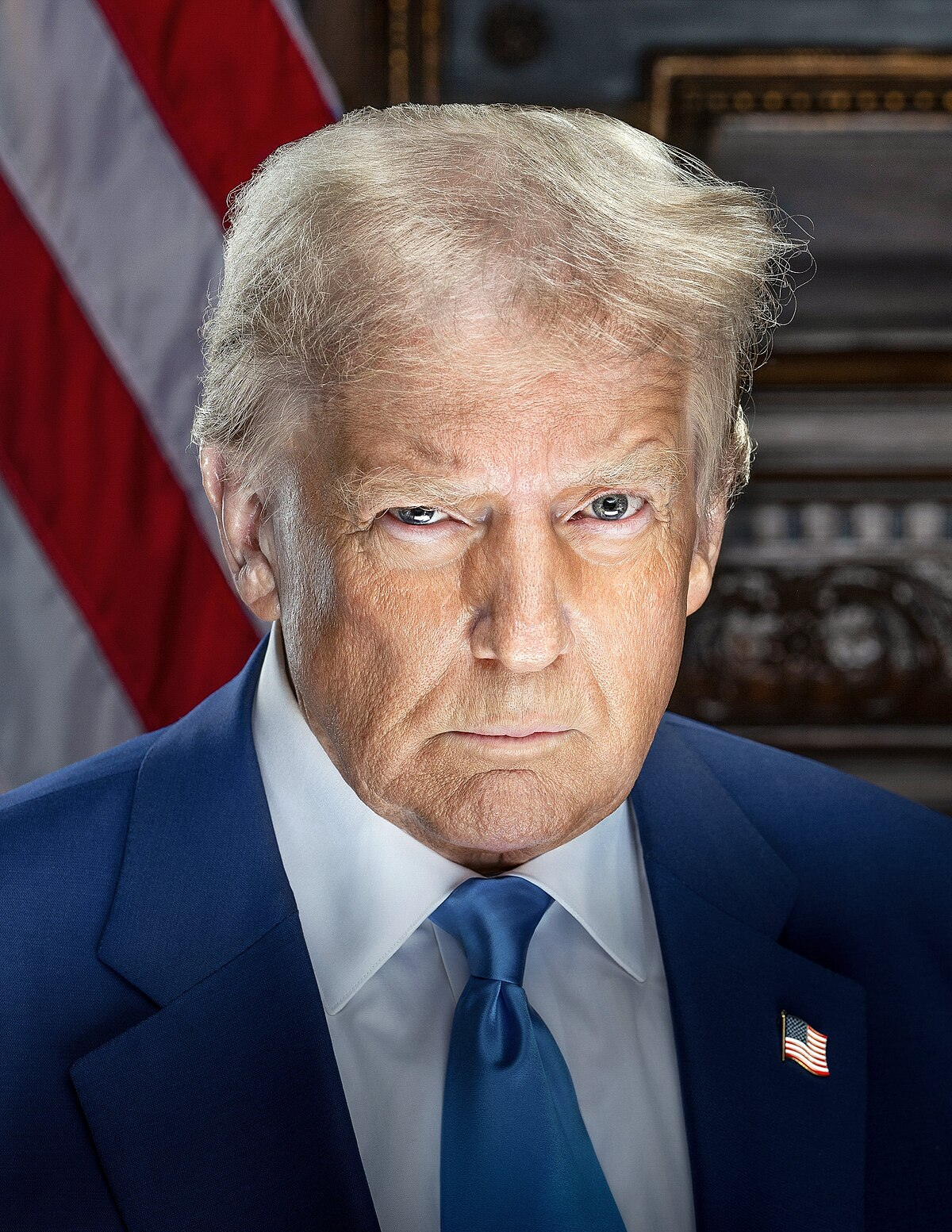Trump Tariffs: Understanding the Impact and Controversy
During his tenure, former President Donald Trump introduced a series of tariffs aimed at reshaping U.S. trade policy, reducing trade imbalances, and addressing what he considered unfair practices by foreign countries. These tariffs, often referred to as Trump tariffs, had far-reaching consequences for both the U.S. economy and its international relations. In this article, we explore the purpose, implementation, and effects of the Trump tariffs.
What Are Trump Tariffs
Trump tariffs refer to the trade duties that the U.S. imposed on imported goods, particularly from countries like China, the European Union (EU), and Canada, during Trump’s presidency (2017-2021). The tariffs were part of a broader “America First” trade policy aimed at reducing the U.S. trade deficit and bringing jobs back to the country. They were implemented under the authority of Section 232 of the Trade Expansion Act of 1962 and Section 301 of the Trade Act of 1974, which allow the U.S. to impose tariffs on national security grounds and in response to unfair trade practices, respectively.
The most notable of these tariffs were directed at China, with Trump accusing the country of unfair trade practices such as intellectual property theft, forced technology transfers, and market access restrictions. Other tariffs were placed on steel and aluminum imports, particularly from allies like Canada and the EU, due to concerns about national security.
Key Tariff Actions Under Trump
Tariffs on Chinese Imports
In 2018, the Trump administration began imposing tariffs on $50 billion worth of Chinese goods, which later expanded to a total of $370 billion in 2020. These tariffs targeted a wide array of products, from electronics to machinery, with the goal of pressuring China to address trade imbalances and intellectual property violations.
China responded with its own tariffs on U.S. goods, including agricultural products like soybeans. This initiated a trade war between the two economic giants, causing volatility in global markets.
Steel and Aluminum Tariffs
In March 2018, Trump imposed a 25% tariff on steel imports and a 10% tariff on aluminum imports under Section 232, citing national security concerns. These tariffs were levied on countries like China, the EU, and Canada, with the goal of revitalizing the U.S. steel and aluminum industries. However, they also led to retaliatory tariffs from trading partners, especially the EU and Canada, targeting U.S. products like motorcycles, bourbon, and jeans.
Section 301 Tariffs
Section 301 tariffs targeted China’s trade practices, specifically addressing intellectual property theft, forced technology transfers, and other unfair policies. In response to a 2017 investigation into these practices, Trump announced tariffs on a wide range of Chinese goods, escalating tensions between the U.S. and China. Despite attempts at negotiations and the signing of a Phase One trade deal in January 2020, many of these tariffs remained in place by the end of Trump’s presidency.
Impact of the Trump Tariffs
The Trump tariffs had both positive and negative consequences, influencing different sectors of the economy and global trade.
Domestic Industries: Winners and Losers
While the tariffs aimed to protect U.S. manufacturing and jobs, their impact was mixed. On one hand, the steel and aluminum industries saw some recovery as a result of tariffs. On the other hand, the broader manufacturing sector, particularly industries reliant on imported goods, faced higher costs. For example, industries like automotive manufacturing and electronics faced higher production costs due to increased prices of imported parts and raw materials.
Consumers and Prices
One of the most immediate effects of the Trump tariffs was the increase in prices for many consumer goods. As companies passed on the cost of tariffs to consumers, goods such as electronics, clothing, and even food became more expensive. U.S. consumers faced higher prices for products like smartphones, laptops, and apparel, which led to concerns over inflationary pressures.
Global Trade Relations
The Trump tariffs strained relationships with key allies, including the EU, Canada, and Mexico. These countries retaliated with their own tariffs on U.S. exports, particularly targeting agricultural products, which hurt American farmers. The trade war with China led to significant shifts in global supply chains as companies sought alternatives to Chinese manufacturing, sometimes at higher costs.
The Trade War with China
The ongoing trade war between the U.S. and China had widespread ramifications. Despite the Phase One deal signed in 2020, many of the tariffs remained in place, with both countries continuing to engage in tit-for-tat tariff imposition. While some U.S. businesses managed to shift operations to other countries, the long-term effects on global supply chains and economic growth were uncertain.
The Aftermath and Future of Trump Tariffs
The impact of the Trump tariffs continues to be felt even after his presidency. While President Joe Biden has kept many of the tariffs in place, there is ongoing debate about whether to reduce or remove them, particularly with regard to China. Some economists argue that the tariffs were harmful to U.S. consumers and global trade, while others believe they succeeded in pressuring China to change its practices.
As global trade dynamics continue to evolve, the legacy of the Trump tariffs remains a point of contention. The long-term success of this protectionist approach will depend on how future administrations navigate the challenges of international trade and economic growth.
FAQs
What Are Trump Tariffs?
Trump tariffs refer to the series of import duties imposed by the U.S. under President Trump’s administration, primarily targeting China, the European Union (EU), and other nations. These tariffs were introduced to address perceived unfair trade practices, such as intellectual property theft, and to promote U.S. manufacturing by reducing reliance on foreign imports.
Why Were the Tariffs Imposed?
Trump’s administration implemented these tariffs as part of a broader economic strategy known as “America First.” The goal was to reduce the U.S. trade deficit, protect American jobs, and stimulate domestic industries, particularly in steel and aluminum production. The administration believed that other nations, especially China, were engaging in unfair trade practices that harmed U.S. businesses.
Which Countries Were Affected by the Tariffs?
The most notable Trump tariffs targeted imports from China, including products like electronics, machinery, and consumer goods. Additionally, the U.S. imposed tariffs on steel and aluminum imports from countries like China, Canada, and members of the EU, citing national security concerns.
How Did These Tariffs Affect the U.S. Economy?
The impact of the Trump tariffs on the U.S. economy was mixed. On one hand, some industries, such as steel, saw growth due to reduced foreign competition. However, many other sectors that relied on imported goods, like manufacturing and agriculture, faced higher costs. Consumers also experienced price increases on products affected by tariffs, such as electronics, clothing, and food.
To Conclude
The Trump tariffs were a significant shift in U.S. trade policy, with lasting effects on the economy and international relations. While they were aimed at protecting American industries, the tariffs also led to higher consumer prices and strained global trade relations. The future of these tariffs will depend on ongoing trade negotiations and policy decisions.
To read more, click here


